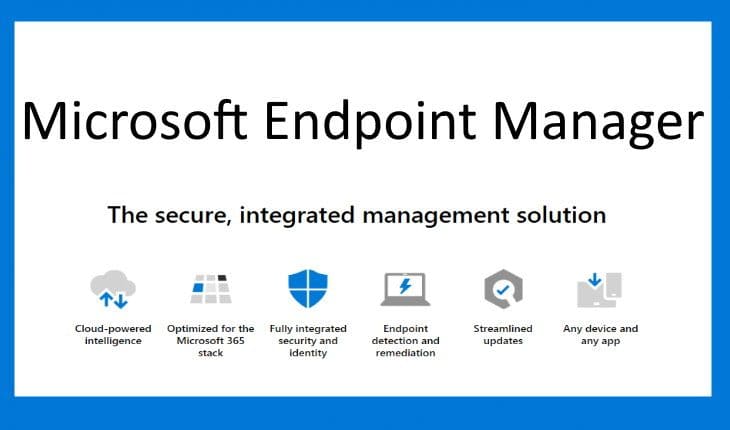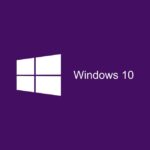Administrador de configuración 1912 Vista previa técnica.
You can now trigger a client device to upload its client logs to the site server by sending a client notification action from the Configuration Manager console. The logs are returned to the site using an on-demand software inventory file collection. You have several choices available in Resource Explorer for accessing the collected log files.
- Open Support Center: Launches Support Center which unpacks the zip and open the logs in the viewer.
- View file: Opens the folder where the zip file is located with File Explorer.
- Ahorrar: Opens a Save File dialog for the selected file so you can save it to a location of your choice.
About Support Center
Support Center aims to reduce the challenges and frustration when troubleshooting Configuration Manager client computers. Previamente, when working with support to address an issue with Configuration Manager clients, you would need to manually collect log files and other information to help troubleshoot the issue. It was easy to accidentally forget a crucial log file, causing additional headaches for you and the support personnel who you’re working with.
Use Support Center to streamline the support experience. It lets you:
- Create a troubleshooting bundle (.zip file) that contains the Configuration Manager client log files. You then have a single file to send to support personnel.
- View Configuration Manager client log files, certificates, registry settings, debug dumps, client policies.
- Real-time diagnostic of inventory (replaces ContentSpy), política (replaces PolicySpy), and client cache.
Support Center viewer
Support Center includes Support Center Viewer, a tool that support personnel use to open the bundle of files that you create using Support Center. Support Center’s data collector collects and packages diagnostic logs from a local or remote Configuration Manager client. To view data collector bundles, use the viewer application.
Support Center log file viewer
Support Center includes a modern log viewer. This tool replaces CMTrace and provides a customizable interface with support for tabs and dockable windows. It has a fast presentation layer, and can load large log files in seconds.
Support Center OneTrace (Avance)
Starting in version 1906, OneTrace is a new log viewer with Support Center. It works similarly to CMTrace, with improvements.
PowerShell cmdlets
Support Center also includes Windows PowerShell cmdlets. Use these cmdlets to create a remote connection to another Configuration Manager client, to configure the data collection options, and to start data collection.
Client Log Collection
You can now trigger a client device to upload its client logs to the site server by sending a client notification action from the Configuration Manager console.
Permissions for client log collection
To collect client logs, your administrative user needs:
- Notify resource permission on the Recopilación
- The Full Administrator and Operations Administrator built-in roles have this permission by default.
Log files
- Diagnostics.log
Collect client logs
- En el Assets and Compliance workspace, go to either the Dispositivos o Device Collections node.
- Right-click on a device, or a device collection.
- Seleccionar Client Diagnostics, then select Collect Client Logs.
A client notification message is sent to the selected clients to gather the CCM logs. The logs are returned using software inventory file collection. You can also select Collect Client Logs bajo Client Diagnostics from either the Device Collections o Dispositivos node using the ribbon.
View client logs
- Desde Dispositivos node, right-click on the device you want to view logs for.
- Seleccionar Comenzar, entonces Resource Explorer.
- De Resource Explorer, hacer clic en Diagnostic Files.
- En el Diagnostic Files list, you can see the collection date for the files. The name format of the client logs is
Support_<guid>.zip. - Right-click on the zip file and select one of the following options:
- Open Support Center: Launches Support Center.
- Copy: Copies the row information from Resource Explorer.
- View file: Opens the folder where the zip file is located with File Explorer.
- Ahorrar: Opens a Save File dialog for the selected file.
- Exportar: Saves the Resource Explorer columns shown in Diagnostic Files.
- Refrescar: Refreshes the file list.
- Propiedades: Returns the properties on the selected file.
This preview release also includes:
Bootstrap a task sequence immediately after client registration – When you install and register a new Configuration Manager client, and also deploy a task sequence to it, it’s difficult to determine how soon after registration it will run the task sequence. This release introduces a new client setup property that you can use to start a task sequence on a client after it successfully registers with the site.
New management insight rules from Microsoft Services – This release includes additional management insight rules courtesy of Microsoft Premier Field Engineering.
- Reduce the number of applications and packages on distribution points
- Update all sites to the same version
- Heartbeat Discovery is disabled
- Long running collection queries enabled for incremental updates
- Secondary site installation issues
- Active Directory System Discovery is configured to run too frequently
- Active Directory Security Group Discovery is configured to run too frequently
- Active Directory User Discovery is configured to run too frequently
- Collections limited to All Systems or All Users
Expand Microsoft Defender Advanced Threat Protection (ATP) On-boarding – In this technical preview, we’ve expanded Microsoft Defender ATP on-boarding support to machines with the following operating systems:
- Windows 7 SP1
- Windows 8.1
- Windows 10, versión 1607 o más tarde (Already supported for on-boarding)
- Servidor Windows 2008 R2 SP1
- Servidor Windows 2012 R2
- Servidor Windows 2016
- Servidor Windows 2016, versión 1803
- Servidor Windows 2019
Improvements to CMPivot – Starting in this technical preview, you can search CMPivot entities and see entity properties.
Improvements to OS deployment – This release includes the following improvements to OS deployment
- The task sequence environment includes a new read-only variable, _TSSecureBoot. Use this variable to determine the state of secure boot on a UEFI-enabled device.
- You can now set task sequence variables to configure the user context that the Run Command Line and Run PowerShell Script steps use.
- You can now set the Run PowerShell Script Parameters property to a variable.




















